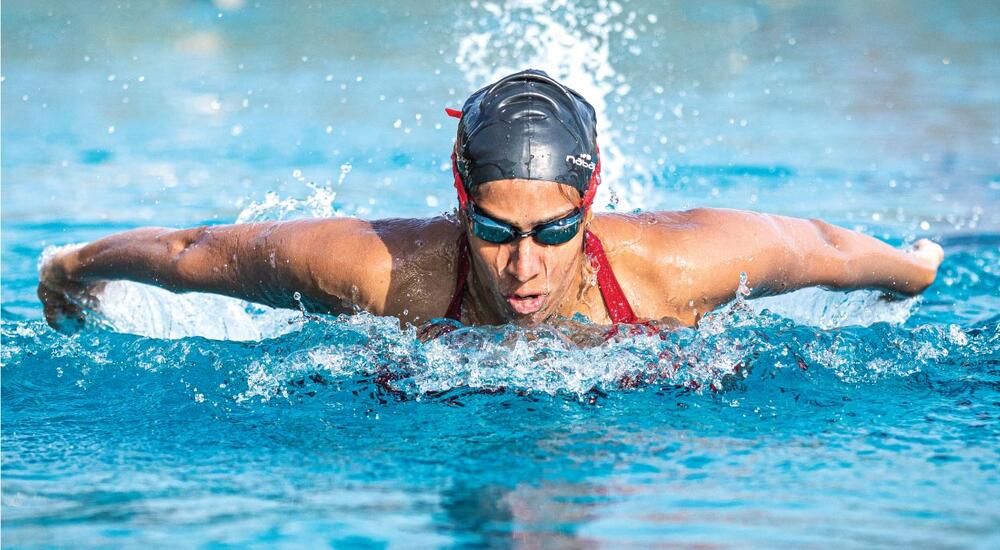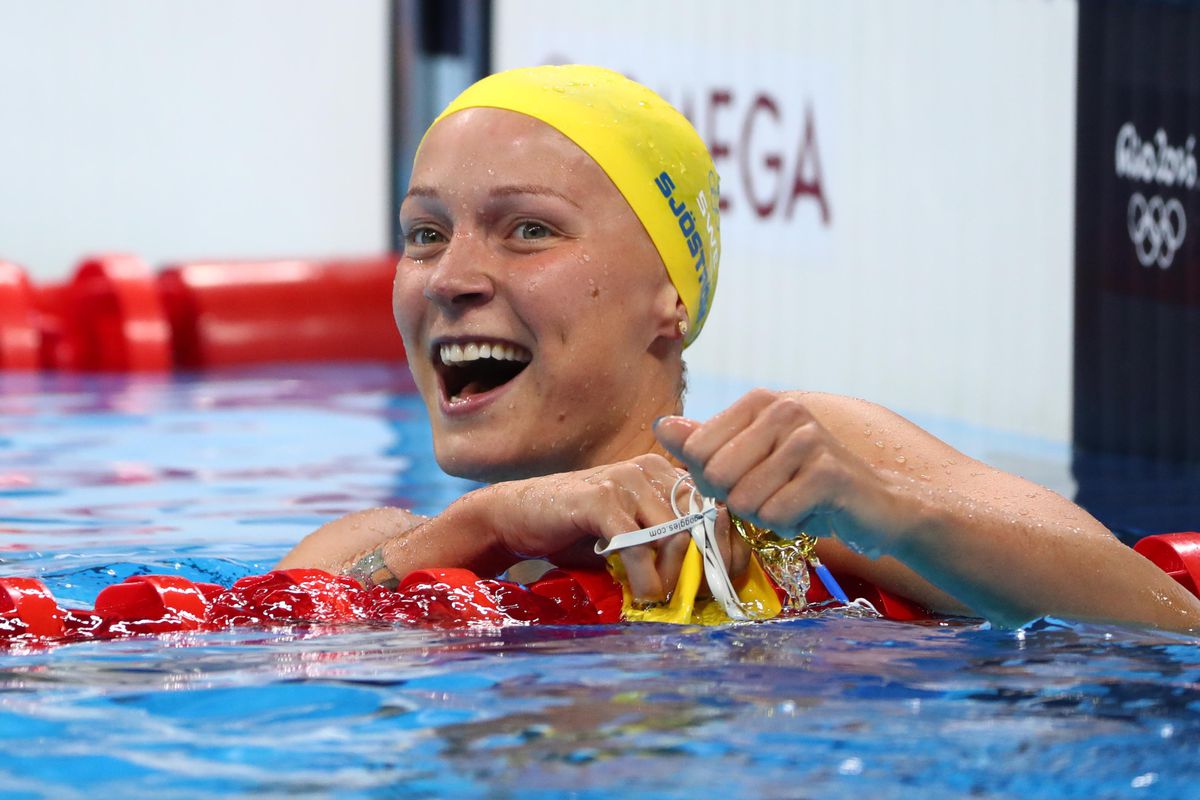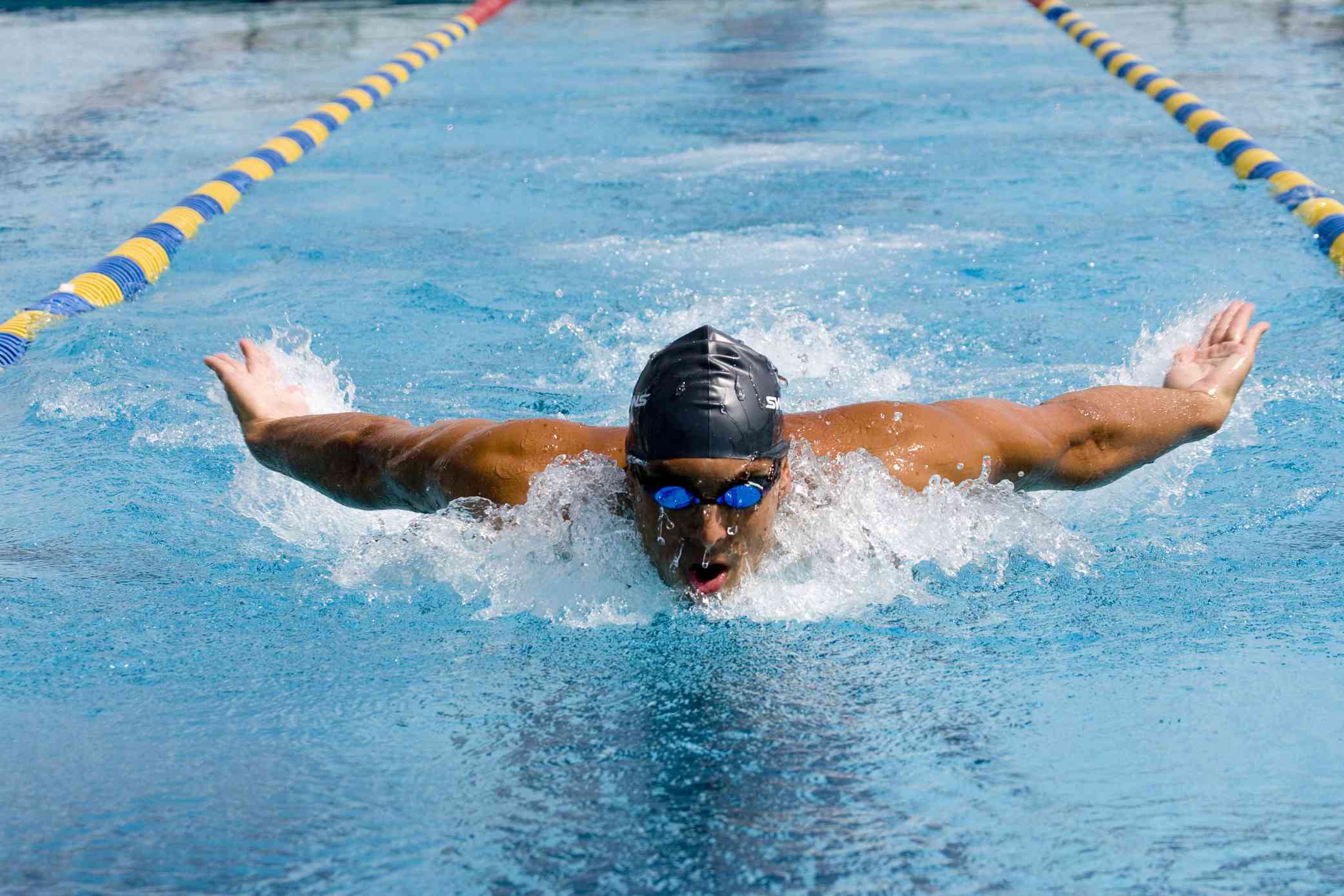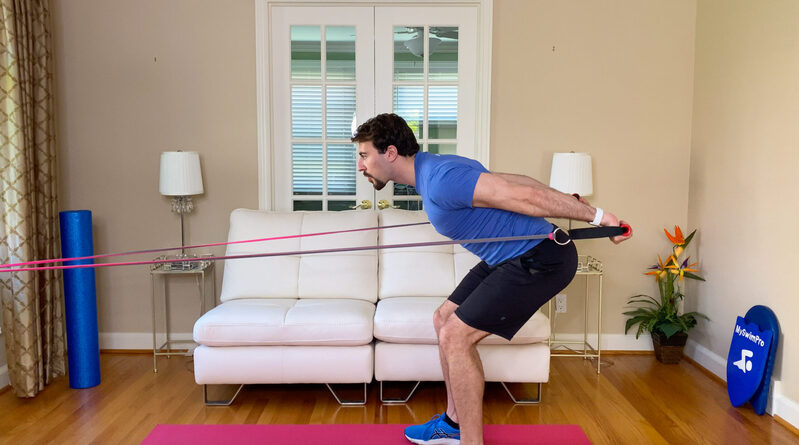The butterfly stroke, also known as butterfly swim or fly swim stroke, is one of the most pleasing and challenging swimming techniques. Swim Time Log in this article will look deeper into the fascinating history, technical aspects, and benefits of the butterfly stroke.
1. History of Swimming Butterfly Style: A Stroke Takes Flight
The butterfly stroke’s journey is one of evolution and innovation. Let’s explore the key milestones:
1.1. Who Invented the Butterfly Stroke?
To identify the exact inventor of the butterfly stroke is difficult. However, its development can be traced back to the early 1900s, with swimmers experimenting with variations of the breaststroke.

The history of Butterfly Stroke
1.2. Developmental Stages of Butterfly Swimming
- Early Influences (1910s – 1930s)
Swimmers began incorporating an underwater arm recovery similar to the breaststroke kick, but with arms sweeping outwards above the water. This technique was referred to as the “butterfly kick” or the “dolphin kick.”
- The Birth of Butterfly Arms (1930s)
Henry Pappe, a German-American swimmer, is credited with pioneering the simultaneous arm recovery above the water in the 1930s. This innovation became a cornerstone of the modern butterfly stroke.
- The Dolphin Kick Emerges (1930s)
Around the same time, swimmer David Armbruster refined the dolphin kick, a powerful underwater leg movement that replaced the breaststroke kick in butterfly swimming.
- Breaststroke vs. Butterfly (1930s – 1950s)
Initially, the butterfly stroke was considered a variation of the breaststroke. However, by the 1950s, due to its distinct technique and speed, it was recognized as a separate swimming style.
- The Butterfly Takes Flight (1950s)
The 1950s saw the butterfly stroke gain immense popularity. Swimmers like Chevy Hayes further refined the technique, pushing the limit for technique.
- Breaststroke Kick Ban (2001)
In 2001, FINA (Fédération Internationale de Natation), the international governing body for aquatic sports, banned the underwater dolphin kick during breaststroke turns. This further solidified the butterfly stroke’s unique identity.
2. Butterfly Stroke Swimming Technique: Mastering the Undulation
The butterfly stroke swim is characterized by a powerful, wave-like body movement combined with synchronized arm and leg actions. Here’s a breakdown of the key components:
- Body position in butterfly stroke: The body maintains a streamlined position with hips high in the water, creating a slight undulation with each stroke cycle.
- Butterfly arm stroke: Both arms recover simultaneously above the water, initiating the next pull with a powerful downward motion followed by a sweeping motion back and slightly upwards.
- Butterfly kick swimming: The dolphin kick involves a synchronized up-and-down movement of the legs, generating propulsion from the core and hips.
- Butterfly swimming breathing technique: Breathing in the butterfly stroke is a challenge. Swimmers breathe quickly to the side while their arms are recovering above the water.
- Butterfly stroke tips: Maintaining a strong core, proper body alignment, and coordinated arm and leg movements are crucial for efficient butterfly swimming.
If you want to explore more information about butterfly swimming techniques, can read the blog: 5 Ways to Improve Your Butterfly Swim Technique
3. Butterfly Stroke Competitions Around the World: A Stage for Champions
The butterfly stroke is a prominent swimming style showcased in various competitions worldwide:
3.1. Olympic Games
Butterfly swimming has been a staple at the Olympic Games since 1956, when it was first contested as a separate event for men. Women’s butterfly races were added a little later in 1956.

Sarah Sjostrom wins gold in women’s 100m butterfly
Here’s some interesting info about butterfly at the Olympics:
- Event Types: Both men and women compete in various butterfly distances, with the most common being the 100m and 200m.
- Technique: Butterfly is known for its powerful, undulating dolphin kick and synchronized arm movements where both arms sweep forward over the head together during each stroke.
- Famous Butterfly Swimmers: Legendary swimmer Michael Phelps holds numerous Olympic records in butterfly events. In the 2020 Tokyo Olympics, Hungary’s Kristof Milak won the 200m butterfly, setting a new Olympic record
- Competition Format: Butterfly races typically follow a format of heats, semi-finals, and a final. Swimmers with the fastest times in the heats progress to the semi-finals, with the top qualifiers from there advancing to the medal race – the final.
3.2. FINA World Championships
Butterfly swimming is a prominent event at the FINA World Championships, held every two years (with some exceptions). Here’s some information to quench your thirst for knowledge:
- Event Types: Similar to the Olympics, both men and women compete in various butterfly distances at the World Championships. The most common races are the 100m and 200m butterfly.
- Competition Format: The format typically follows heats, semi-finals, and a final, mirroring the Olympic process. Swimmers with the fastest times in the heats qualify for the semi-finals. From there, the top performers advance to the final battle for the gold medal.
Recent Highlights (2022 World Championships)
- Men’s 100m Butterfly: Kristóf Milák of Hungary shattered the competition, setting a new World Record with a time of 50.14 seconds.
- Men’s 200m Butterfly: Once again, Milák dominated, winning the gold with a powerful performance.
- Women’s 200m Butterfly: Summer McIntosh of Canada emerged victorious, claiming her first World Championship title and setting a new World Junior Record.
- Other Events: Butterfly events are contested across various distances, with champions crowned in 50m races as well.
4. Explore the Benefits of Butterfly Stroke: Beyond Aesthetics
While the butterfly stroke swim is known for its graceful movements, it offers a multitude of benefits:
- Increased cardiovascular health: The demanding nature of the butterfly stroke provides a powerful cardiovascular workout, strengthening the heart and lungs.
- Full-body workout: The butterfly stroke engages various muscle groups, promoting overall strength and endurance.
- Improved core strength: Maintaining a strong core is essential for efficient butterfly swimming, leading to better core stability and posture.
- Enhanced coordination: The butterfly stroke requires precise coordination of arm and leg movements, improving overall motor skills.

The benefit of Butterfly Stroke
5. Some Questions Related to Butterfly Stroke: Your Guide to Butterfly Swimming
Swim Time Log understands your curiosity about the butterfly stroke. Here are some commonly asked questions to get you started:
5.1. How to improve butterfly stroke?
The butterfly stroke is known for its powerful undulations and synchronized arm movements, but mastering it requires dedication and proper technique. Here are some ways to improve your butterfly stroke:
Focus on Technique:
- Body Position: Maintain a flat body position throughout the stroke, minimizing drag. Imagine yourself skimming the water’s surface.
- Kick: Employ a strong, continuous dolphin kick from your hips, not your knees. Engage your core for maximum power.
- Arm Movement: During the pull, sweep your arms forward together in a high elbow catch. Don’t pull your elbows down or out to the sides.
- Breathing: Breathe late in the stroke cycle, lifting your head just enough to inhale quickly. Aim for minimal head lift.
Practice Drills:
- Isolate Components: Isolate specific aspects like kicking with a kickboard or practicing arm pulls with fins. This helps refine your technique.
- Focus on Timing: Practice drills that emphasize timing your arm pull with your body undulation and dolphin kick for a smooth, powerful stroke.
Strength and Conditioning:
- Upper Body Strength: Develop upper body strength, particularly your shoulders, chest, and back, to generate more power during your pull.
- Core Strength: A strong core is crucial for maintaining a stable body position and initiating powerful kicks.
- Flexibility: Enhance your shoulder and hip flexibility to improve range of motion during the stroke.
Seek Guidance:
- Coach: Consider working with a swim coach who can assess your technique and provide personalized feedback and drills.
- Videos: Instructional videos online can offer visual demonstrations of proper butterfly technique.
Additional Tips:
- Start Slow: Focus on proper technique before increasing speed.
- Gradual Progression: Gradually increase distance and intensity as your technique improves.
- Record Yourself: Film yourself swimming butterfly and review the footage to identify areas for improvement.
Remember, mastering the butterfly stroke takes time and practice. Be patient, consistent, and focus on refining your technique for a strong and efficient swim.
5.2. Is the butterfly the hardest stroke?
The butterfly stroke is often considered the most challenging swimming technique due to its demanding coordination and power requirements. However, with proper practice and guidance, it can be mastered.
5.3. What is the point of a butterfly stroke?
The butterfly stroke is a highly efficient and fast swimming style. It’s used competitively and can also be incorporated into swim workouts for a challenging and calorie-burning exercise.
5.4. Butterfly stroke rules in the Olympic Games
The butterfly stroke follows specific FINA regulations regarding stroke technique, underwater dolphin kick duration during turns, and touch requirements during finishes.
5.5. Exercise for butterfly stroke workout
Here are some dryland and pool exercises you can incorporate into your workout to improve your butterfly stroke:
Dryland Exercises:
- Squat Jumps: These develop explosive power in your legs, translating to stronger kicks.
- Push-Ups (Regular or Plyometric): Builds upper body strength for powerful arm pulls.
- Pike Push-Ups: Targets your shoulders and core, crucial for maintaining body position.
- Superman Exercise: Strengthens your lower back, improving stability during the undulation.
- Flutter Kicks on Floor: Isolate and refine your dolphin kick technique.

Exercise for Butterfly Stroke
Pool Exercises:
- Single-Arm Butterfly Drill: Focuses on proper arm mechanics and timing with your body undulation.
- Fin Drill: Utilizes fins to isolate and strengthen your dolphin kick.
- Underwater Dolphin Kicking: Practice the dolphin kick underwater, focusing on rhythm and power.
- Butterfly Kick with Pull Buoy: Isolate your kick while practicing streamlined body position.
- Sculling Drills: Improve your feel for the water and build upper body strength for the butterfly pull.
Additional Tips:
- Warm-up before your workout: Prepare your muscles with dynamic stretches and light swimming.
- Cool-down after your workout: Include static stretches to improve flexibility.
- Listen to your body: Take rest days to prevent injuries.
- Gradually increase intensity and duration: Don’t push yourself too hard too soon
In addition, if you can refer to our above exercises via YouTube channel: Swimtimelog to better understand the implementation technique.
5.6. Who is the best butterfly swimmer in the world?
Determining the “best” is subjective, but some legendary butterfly swimmers include Michael Phelps, Caeleb Dressel, Katie Ledecky, and Kristin Otto.
5.7. Can you swim butterfly while pregnant?
Consulting with a doctor is crucial before attempting any strenuous activity during pregnancy. While some experienced butterfly swimmers might continue with modified strokes under medical guidance, it’s generally recommended to choose gentler swimming styles for safety reasons.
Above is all the useful information about butterfly swimming that STL wants to share with you. Hopefully this article can help you gain more useful knowledge about butterfly swimming.
Visit our website to start working on your butterfly stroke. With dedication, practice, and the right resources, you can unlock the magic of this remarkable swimming style!
Read more: 8 Butterfly Stroke Tips to Help You Improve Your Skill
AUTHOR
Sang Nguyen
Sang Nguyen is a former national swimmer for Vietnam who has transitioned into coaching. With a passion for fostering a healthy swimming community and connecting like-minded individuals,......Read More
BLOG
Maybe You Are Interested
Butterfly Arm Stroke Movement
The butterfly stroke, with its captivating undulations and powerful movements, requires a refined butterfly arm...
2 Butterfly Kick Swimming Drills: Building Power from the Core
The butterfly stroke, known for its powerful undulations and graceful movements, relies heavily on a...
5 Ways to Improve Your Butterfly Swim Technique
The butterfly stroke, also known as the fly swimming technique, is a captivating display of...
8 Butterfly Stroke Tips to Help You Improve Your Skill
The butterfly stroke, also known as the butterfly swim, is undeniably one of the most...
Discover Information About Butterfly Stroke: From History to Technique and Benefits
The butterfly stroke, also known as butterfly swim or fly swim stroke, is one of...
Competitive Swimmer Diet in Olympics: Fueling Your Gold Medal Dreams
Competitive swimmers push their bodies to the limit, demanding a competitive swimmer diet that provides...